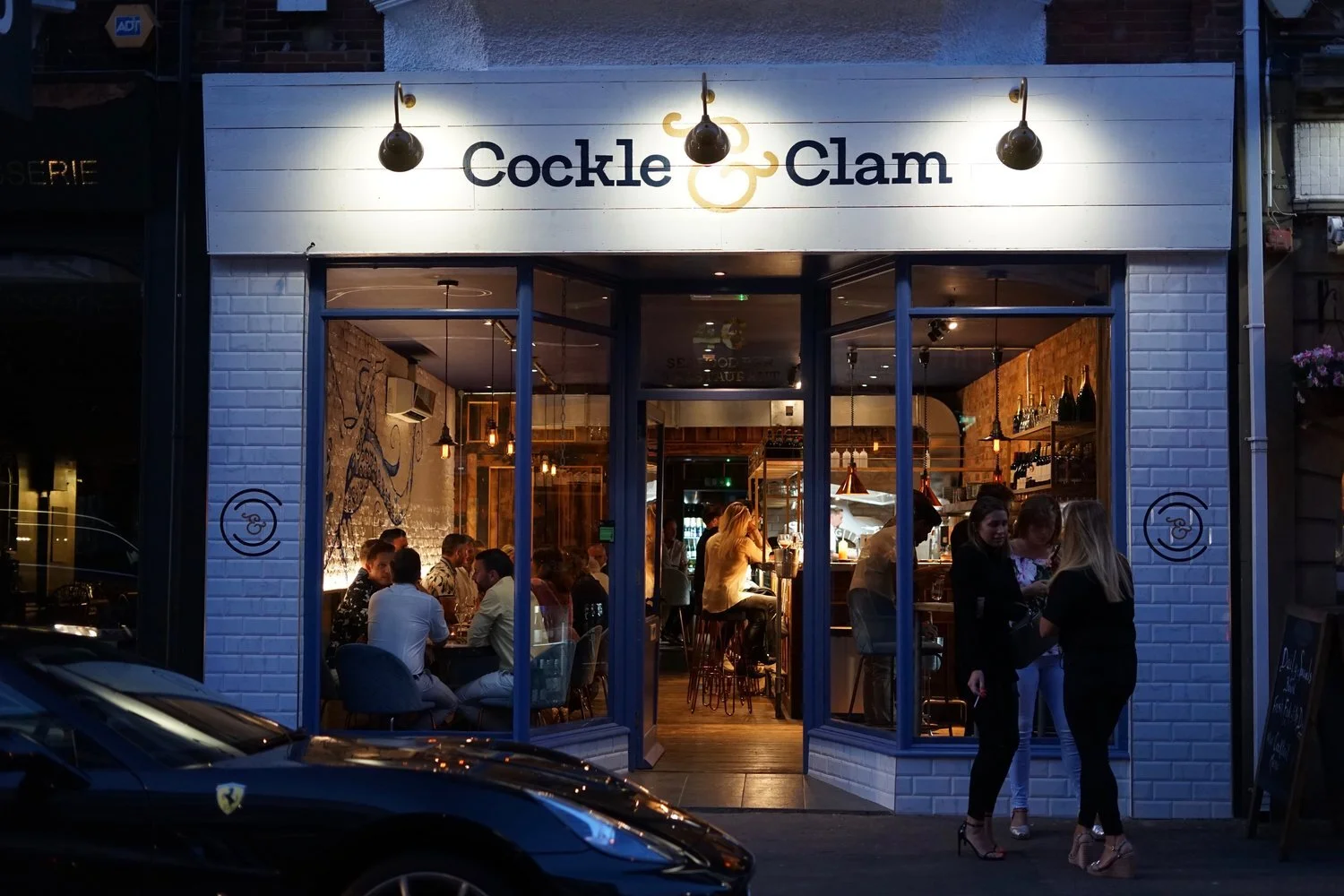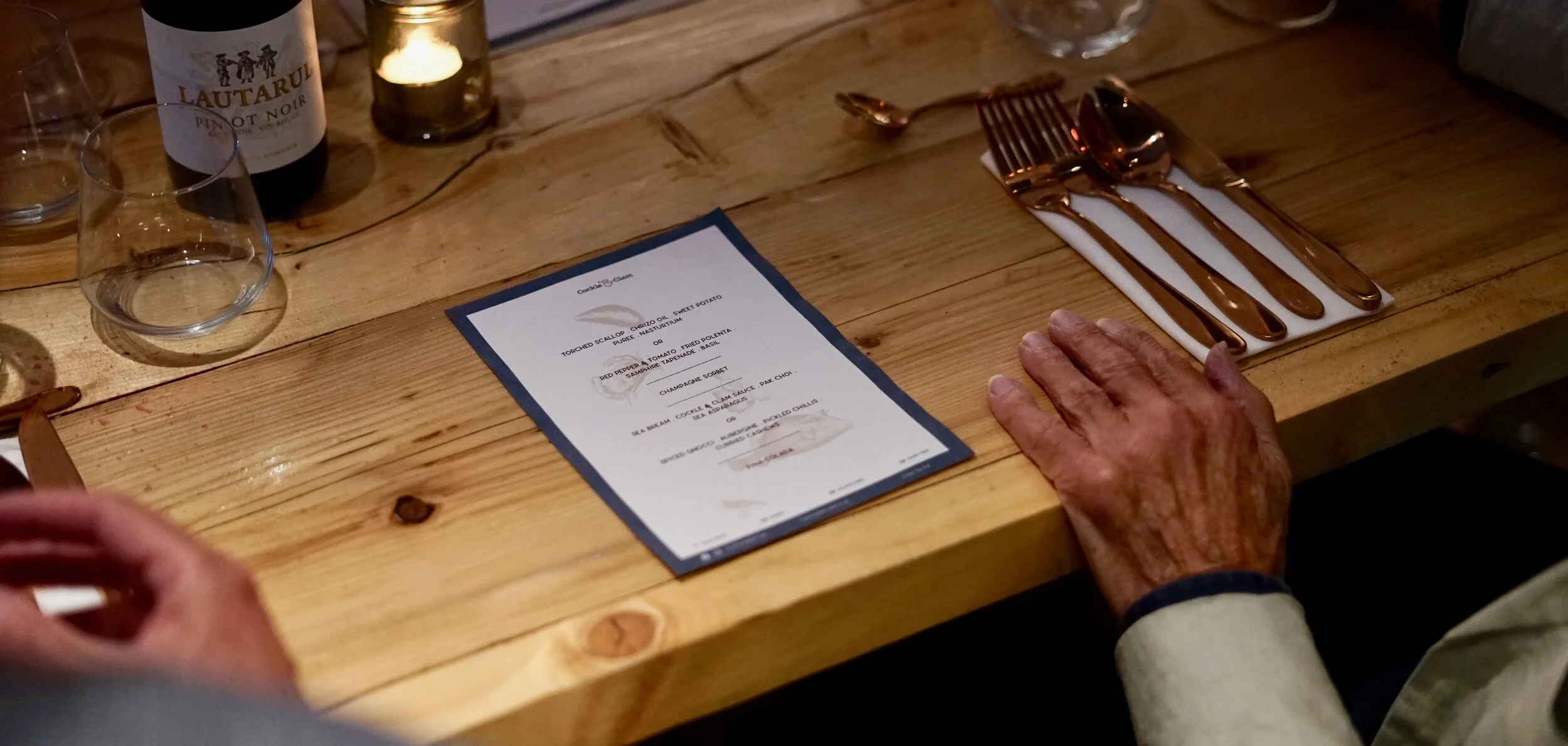Sustainable Marketing from a Designer’s Perspective
JDE Common Grounds - Artist Marianna Tomaselli
As a diverse team of creatives its our duty to devise and implement effective, innovative, clean, sustainable and fabulous marketing campaigns for our clients.
We’re not going to change habits overnight, but as creators and influencers we are socially responsible, so if we can focus on the little things and devise campaigns responsibly, with an eye on the environment, we will be doing our bit to help the planet going forward.
Making cleaner, smarter, ethical marketing and design decisions. Thinking ‘sustainable’ and thinking ‘reusable’ wherever possible.
Whether it’s a new product or company launch, a re-brand, developing marketing collateral, point of sale or exhibition stands for events and shows, we need to consider the impact we’re having. Not just today, but every day. So, when it comes to the material we recommend, the printing process, ink usage, distribution, longevity of use, we’ll make smart, sustainable choices.
Small things make a big impact … We recently launched the new branding and website for Cockle & Clam seafood restaurant in Bournemouth, designing visually stunning menus printed on reusable craft paper, rather than going down the unethical, unsustainable route of PVC or leather menus . The design encompassed a ‘less is more’ approach, with a selection of beautiful illustrations that look stylish and use less ink to print. An ethical approach which totally resonated with the client’s ethos of quality and sustainability.
Yes, it’s our responsibility to design campaigns that work for our clients, achieve objectives, get results, keep the accounts department happy (make the marketing department look good!) but crucially come up with campaigns with the long-haul in mind, campaigns that have a non-detrimental effect on our environment.
Design in all its forms is about improving the experience of the end user. Early discussions, initial planning and strategic thinking all have a massive impact on the final result, so making ethical decisions early on is key.
As visual communicators it’s up to us, not just to roll with the times, but to lead the charge, come up with innovative, cleaner and smarter concepts that generate leads, improve brand awareness, launch new products, engage readers and create a buzz for our clients. But with added green-value!
“We’re communicators, designers, marketeers … ultimately working with clients to influence consumer behaviour and habit … together we have a responsibility to do better, make smarter, cleaner choices, be innovative and push back. After all, we’re in it for the long haul and I for one want to look back and be proud!”
We can do plenty to incorporate ‘green value’ into our every day, making sure the user experience on our websites is efficient and effective, printing ethically, making simple decisions about the sustainability of every project; using recycled paper stock, print techniques with a low environmental impact and where we can, reducing the carbon footprint of each job.
Building sustainable into our every day, from the way our staff get to work, meeting with clients online to reduce our carbon footprint, printing ethically on recycled stock and using print techniques with low environmental impact to making up front decisions about the sustainability and integrity of every single project; as Founder of Thomasmatthews.com Sophie Thomas explains “sustainability in business should give integrity, not greenwash. It should inspire change from your employees, consumers and clients.”
Coca Cola Green Bottle Campaign
Coca-Cola launched their green bottle campaign last month to encourage consumers to recycle their bottles, timed perfectly to coincide with Recycle Now’s Recycle Week, working to ensure their packaging is as sustainable as possible. Using marketing communications to encourage people to remember to “recycle after drinking” as part of a wider plan to improve the sustainability of their packaging. They’ve already replaced the shrink-wrap on their multipack cans with cardboard, switched the Sprite bottle from green to clear so it’s easier to recycle and made their Glaceau Smartwater brand 100% recycled plastic.
Carlsberg is working hard to achieve its sustainability programme “Together Towards Zero” to influence real change. Aiming for 100% bio-based bottles without polymers, zero carbon emissions from its breweries and a 30% reduction in their value chain footprint by 2030.
Having recently unveiled their prototype “Green Fibre Bottles”, paper bottles with inner barriers, Carlsberg have accepted that for there to be actionable change, collaboration is key. By partnering with design, packaging and innovation experts, they can test and develop sustainable packaging through paper bottle tech, with sustainably sourced and 100% bio-based, fully recyclable wood fibres. And with companies like Coca-Cola, Absolut and L’Oreal already signing up to a paper bottle community the advent of real change through innovative, smarter and ethical thinking gets closer and closer.
Have you spotted any examples of sustainable design in action recently? Comment below or tag us on various social channels!







